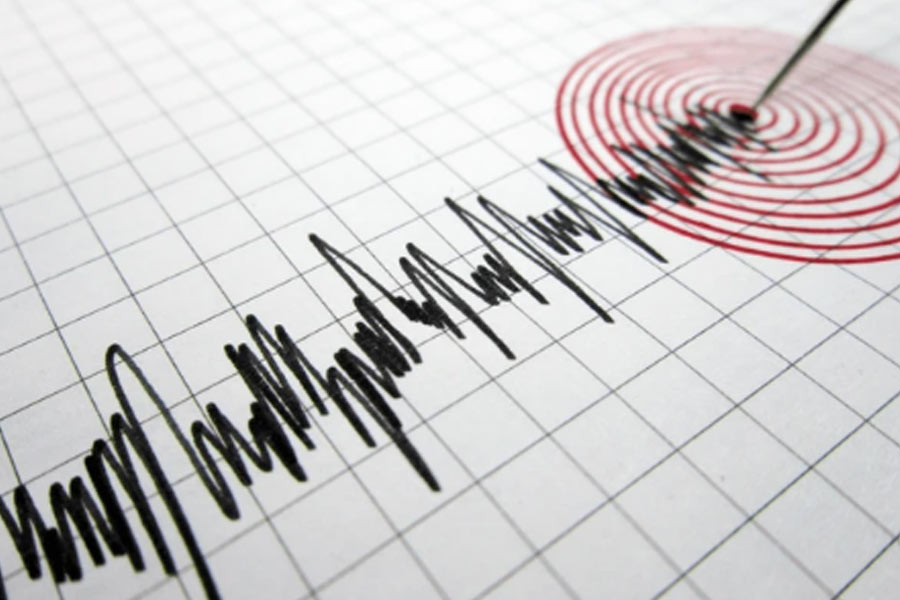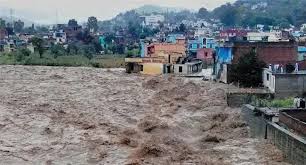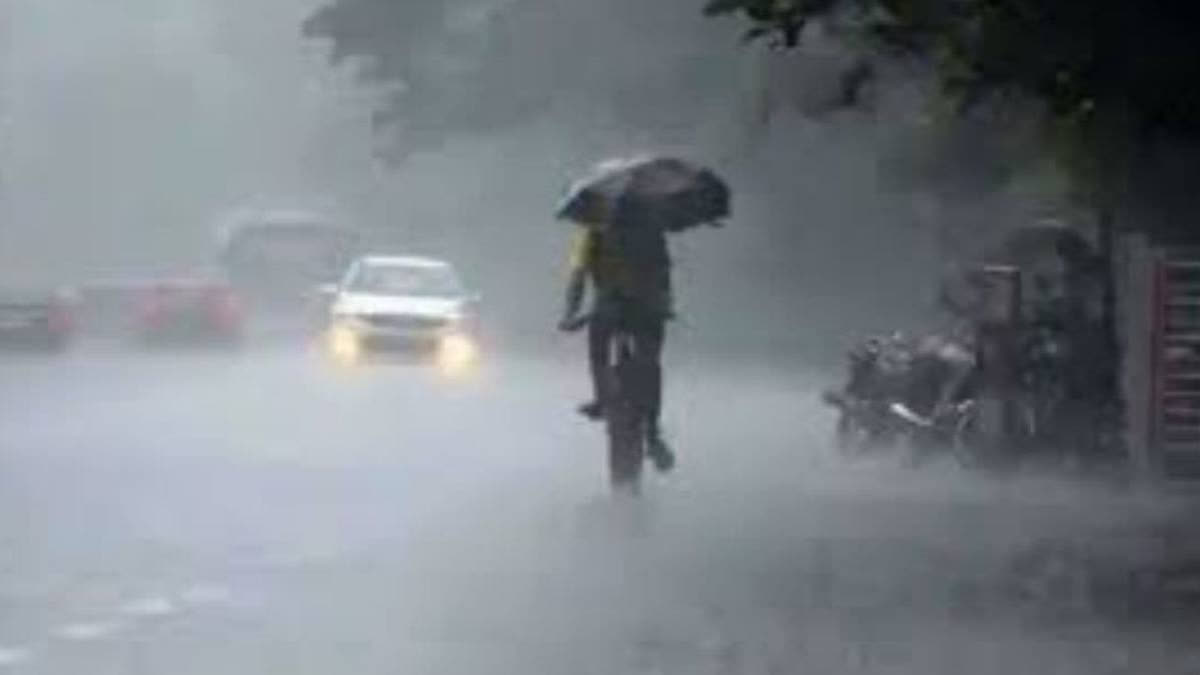Leachate treatment plant becomes fully operational in Hyderabad
Mon 20 Mar 2023, 12:59:43
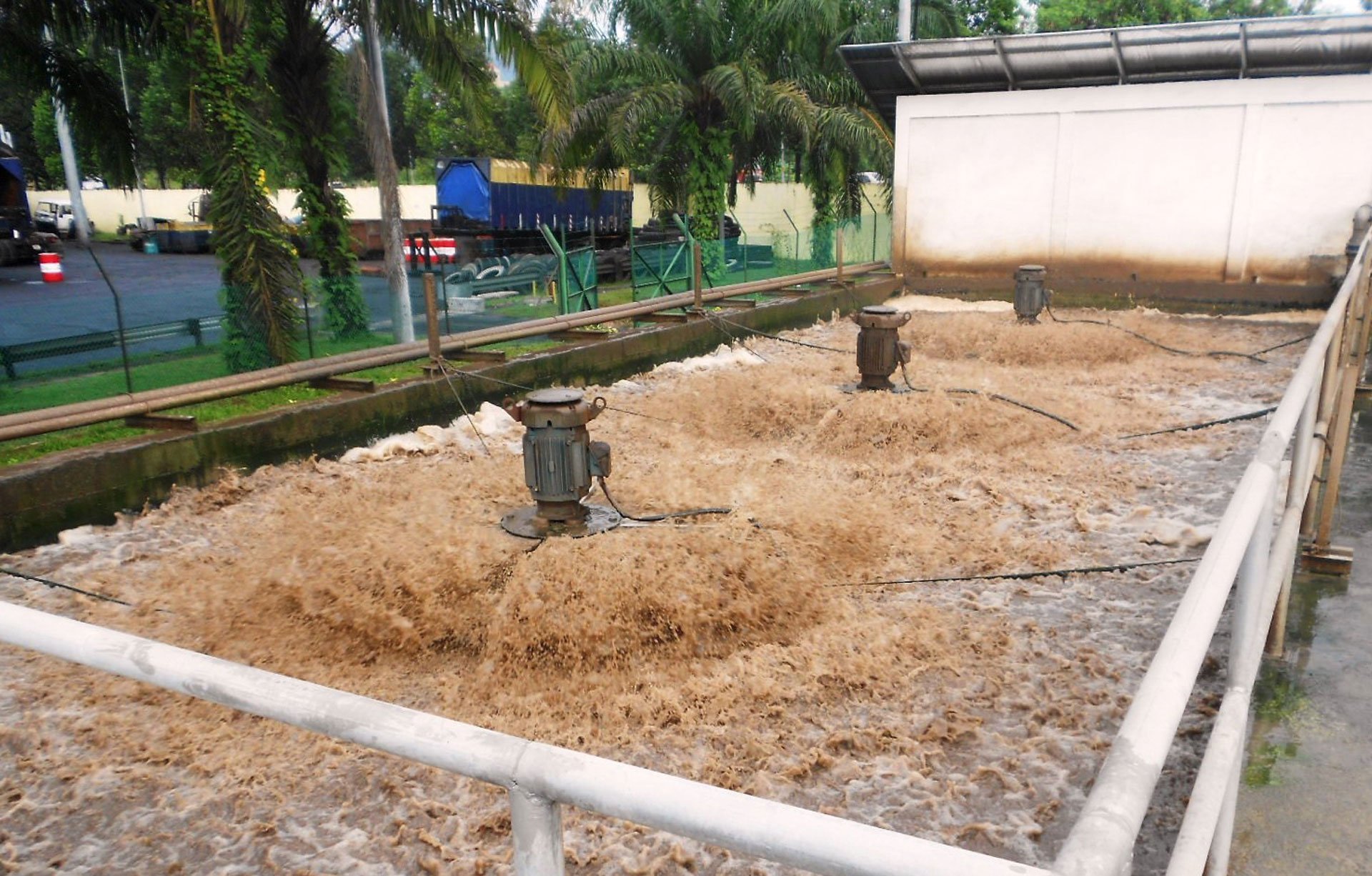
The comprehensive exercise taken up by the State government to address the issues associated with Jawaharnagar dump yard, took one more leap with the 2 MLD capacity leachate treatment plant becoming fully operational. Earlier, only 1 MLD capacity plant was functional.
According to officials of the Greater Hyderabad Municipal Corporation (GHMC), the issues at Jawahar Nagar and its vicinity have arisen due to unscientific dumping of waste for decades. To address them, the GHMC has entrusted the comprehensive treatment of leachate accumulated at the site to Ramky Infrastructure Ltd. (now Re Sustainability Limited) in September 2021.
The construction of the entire plant has now been completed and the Municipal Administration and Urban Development (MA&UD) Special Chief Secretary, Arvind Kumar on Sunday tweeted that the plant is processing the leachate into acceptable Biochemical Oxygen Demand (BOD) and Chemical Oxygen Demand (COD) levels.
The BOD and COD are the parameters that asses the efficiency of leachate treatment and are used to recognise the solid waste stabilisation stage in
landfills.
landfills.
The MA&UD Minister KT Rama Rao taking to Twitter said making the plant fully operational was another step towards containing the Jawahar Nagar dump yard issue. “One more progressive step in containing the problems of legacy dump at Jawahar Nagar We had completed capping with a cost of Rs 140 crore and now Leachate treatment plant also completed,” he tweeted.
It’s not only setting up a leachate treatment plant, and capping the entire dump yard spread over 135 acres, the Telangana government at this site is generating wealth out of waste through the waste-to-energy plants. The power is connected to the Malkaram substation, which is near the Jawaharnagar site.
For decades, those living in the vicinities of Jawaharnagar have been facing problems due to the dump yard and airing their grievances which were ignored.
The Telangana government in a bid to find a lasting solution to the problems caused by the dump yard, had initiated a series of steps which have been yielding positive results in checking the foul smell, groundwater pollution, and other hazards.
No Comments For This Post, Be first to write a Comment.
Most viewed from Hyderabad
Most viewed from World
AIMIM News
Delhi Assembly polls: Owaisi leads Padyatra in Okhla
Feb 01, 2025
We reject this Waqf Amendment Bill: Asaduddin Owaisi
Jan 30, 2025
Latest Urdu News
Most Viewed
May 26, 2020
Which team will win the ICC Men's Champions Trophy 2025 held in Pakistan/Dubai?
Latest Videos View All
Like Us
Home
About Us
Advertise With Us
All Polls
Epaper Archives
Privacy Policy
Contact Us
Download Etemaad App
© 2025 Etemaad Daily News, All Rights Reserved.

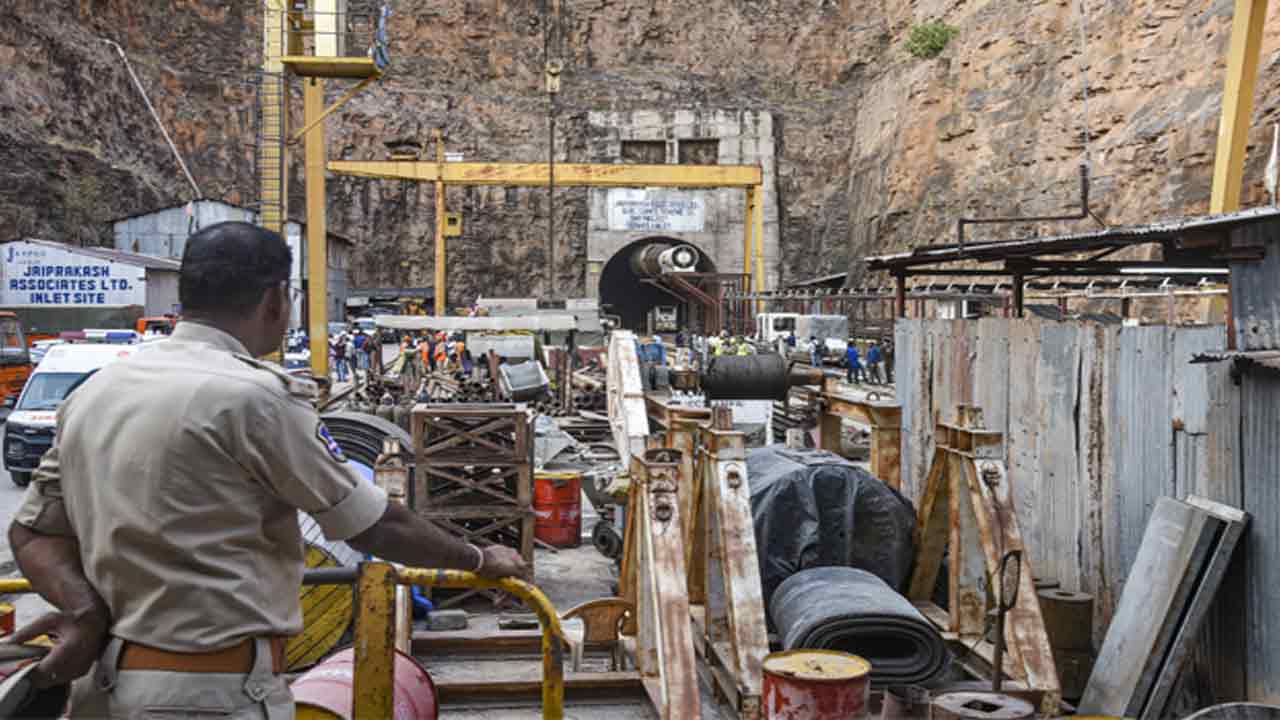

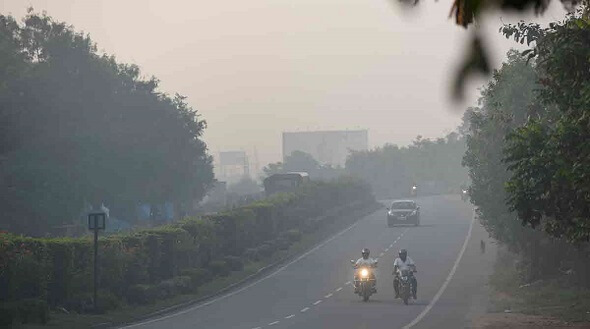

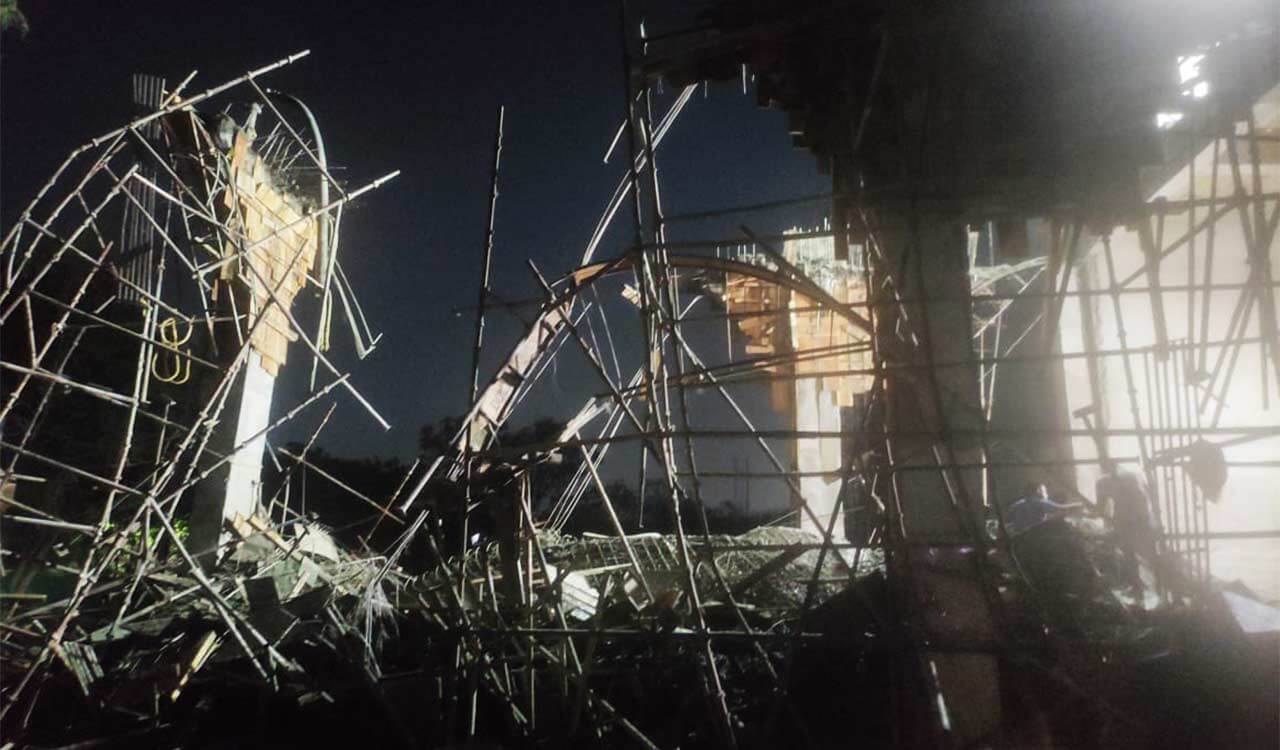
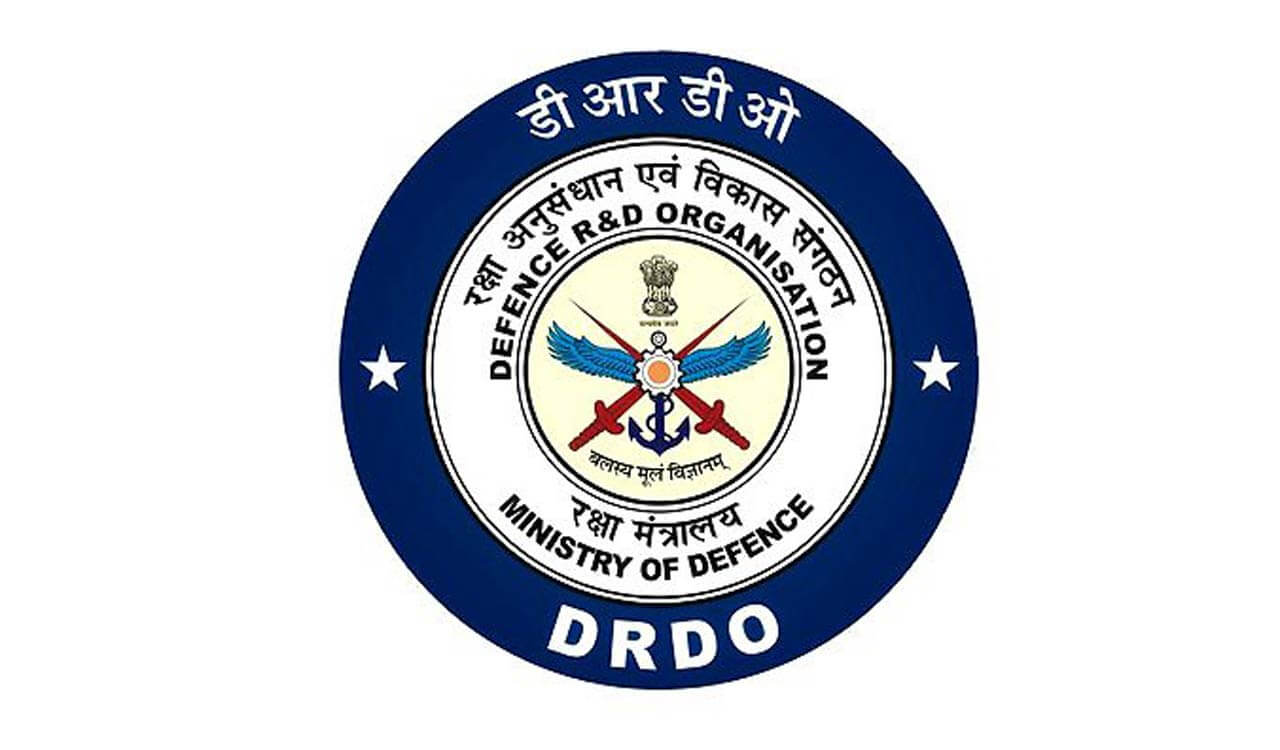

.jpg)
.jpg)
.jpg)
.jpg)
.jpg)

